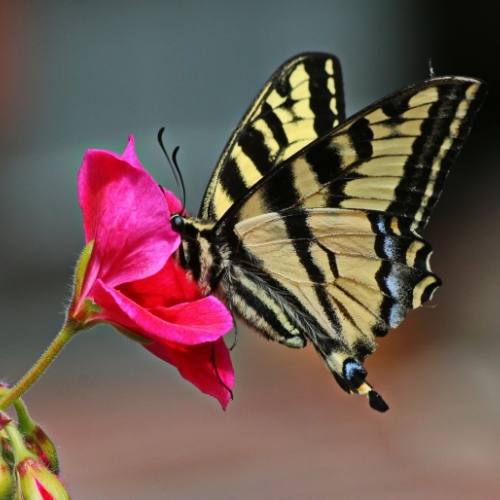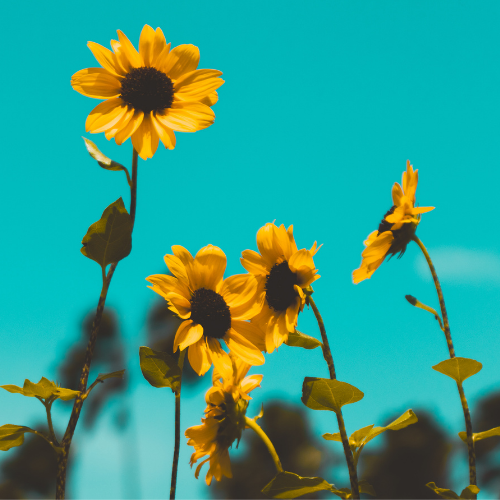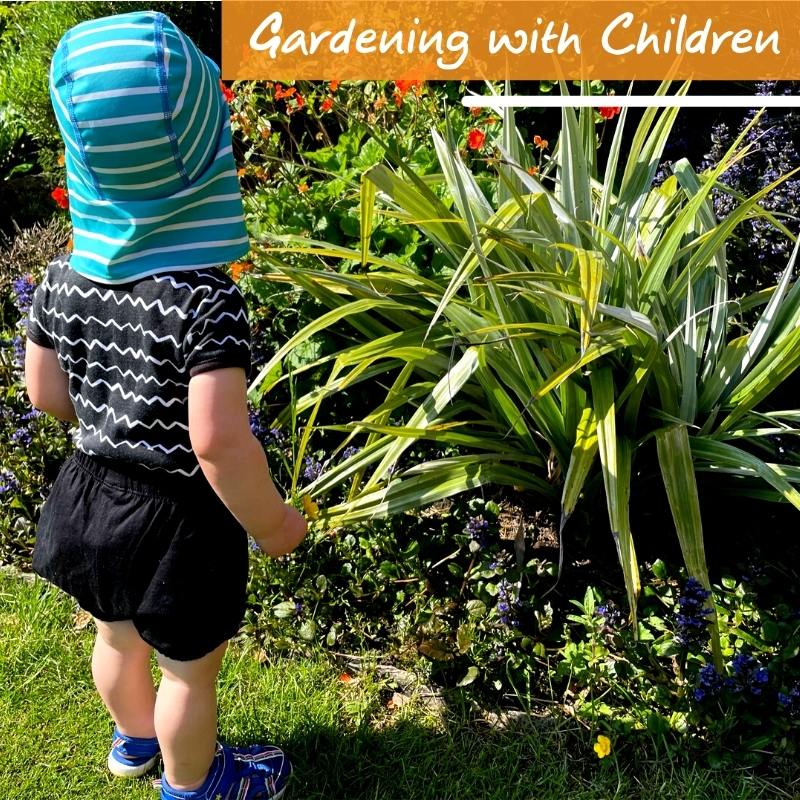It’s National Children’s Gardening Week! A week dedicated to encouraging children to appreciate our natural environment and the creatures that live in it. Here’s our top garden activities for you to enjoy with children and get them out in nature.
Dedicate some pots or a patch for children to enjoy and be creative with
Many of us spend a great deal of time making our gardens look perfect, and so it might be a little scary letting the children loose all over your hard work! Why not dedicate a small patch or some pots for them to plant in and be responsible for. Strawberry plants are a great option to start your children’s gardening adventure as they flower whilst also producing fruit for them to enjoy.
Attract wildlife for them to see and appreciate
It is so important for our children to value the plants, animals and insects that live around them, without them we wouldn’t have food to eat or oxygen to breathe! And so planting hedging or shrubs that will attract wildlife for them to see is a lovely way for them to witness natures work in action


English Lavender flowers from May/ June through to August and attracts butterflies, bees and other winged insects and pollinators, which, as a result, will also attract wild birds.

The sweet, nectar-rich flowers are very popular with bees who are drawn to them for an early supply of food and pollen. After flowering, dark fruits develop which are loved by birds and small mammals.

These easy-to-grow, colourful, scented flowering plants are the most popular perennials in Britain. They are also very attractive to wildlife, particularly pollinators such as bees and butterflies which is a positive for most gardens!
Plant some sunflowers, but you’ll have to be quick!

Sunflowers are a great flower to plant with the children. They look so impressive when they are fully grown and are a great plant for the children to take care of and watch grow. As an annual plant, the sunflowers that you grow will flower in August and then leave you with a free space to plant whatever you would like in the autumn.
You will need…
- A packet of sunflower seeds – make sure to check how tall they will grow.
- Gardening gloves.
- A rake
- A trowel
- Plant label and pencil
- A pot or a patch to grow in


If you are planting your seeds straight in to the ground, make sure that the area is weed free. You can do this with your trowel.
Rake the soil and make some holes around 1cm deep. Make sure to give each seed at least 10cm of space.
Place the seeds into the hole carefully and cover them over with soil and water gently.
Slugs and snails love new shoots. To protect the seedlings, cut a clear plastic bottle in half and cover them over.


As your sunflowers start to grow, pick out your strongest plants and spread them at least 50cm apart.
Once they grow tall, you will need to give them some support. Place a a long cane in the ground next to the sunflower and loosely connect them with some string.
What do you enjoy most about gardening with children? Let us know in the comments!
If you have tried one of our activities, we would love to see your efforts! Make sure to tag our Facebook page in your pictures and videos.

